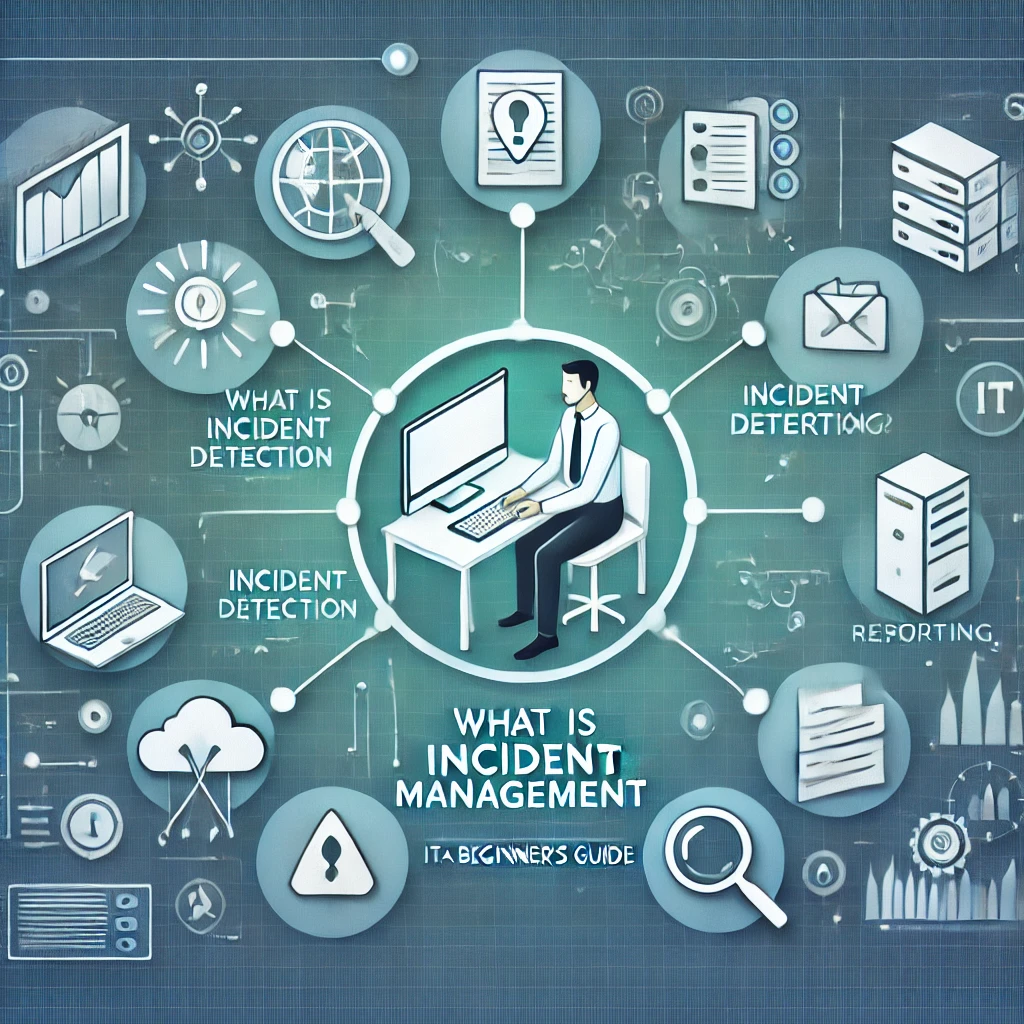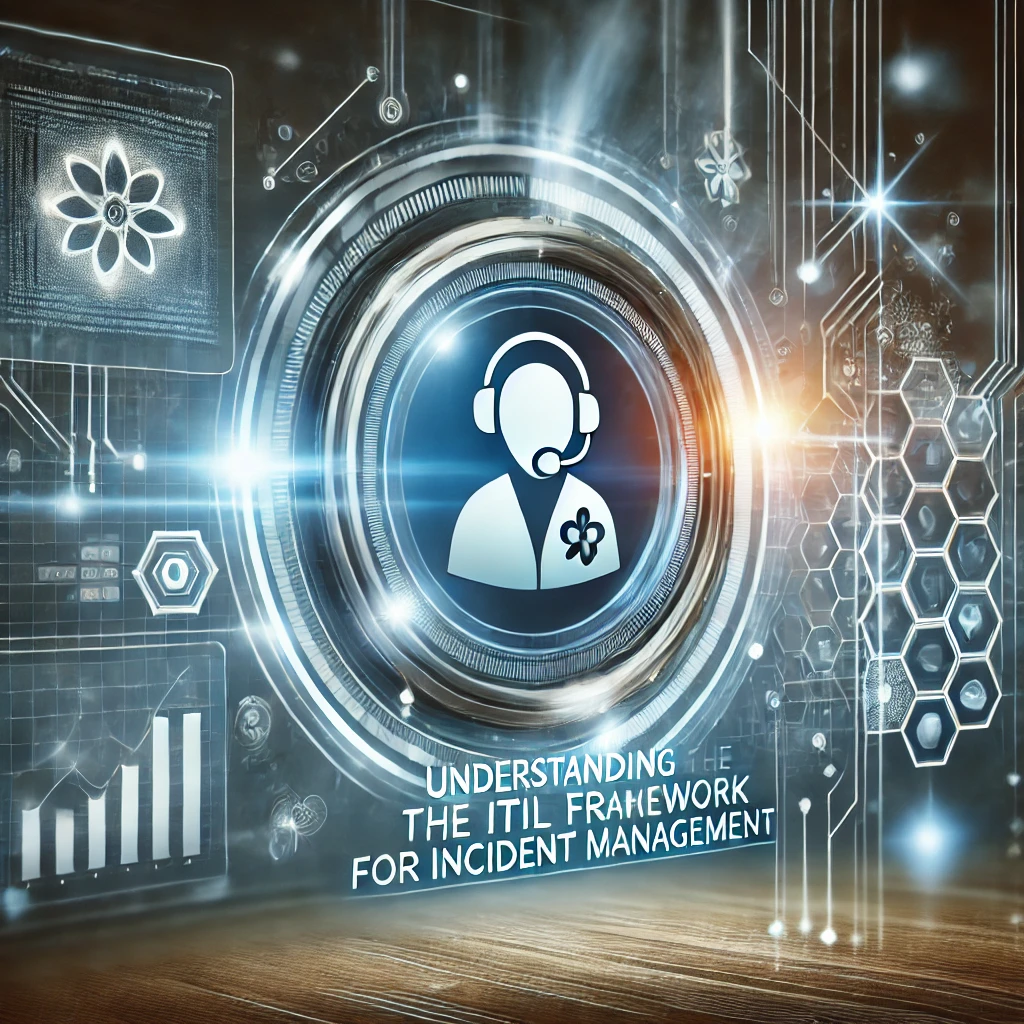🗣️ How to Improve Communication Skills for Incident Management
🔍 Introduction
Communication Skills for Incident Management: Effective communication is the backbone of incident management. Whether you’re an incident manager, an IT engineer, or part of the response team, your ability to clearly and efficiently communicate determines how quickly an issue is resolved and how smoothly the entire incident response process runs. Miscommunication can lead to delays, confusion, and even prolonged downtime.
In this guide, we will explore why communication is crucial in incident management, the key skills you need, best practices to follow, and how to enhance collaboration within your team.

📌 Why is Communication Important in Incident Management?
Poor communication in incident management can lead to serious problems, such as:
- Delayed Incident Resolution: Without clear updates, teams might work inefficiently, prolonging resolution times.
- Confusion Among Teams: If responsibilities are not clearly assigned, efforts may be duplicated or critical tasks may be missed.
- Inaccurate Incident Reports: Poorly documented incidents make it difficult to analyze past issues and improve future responses.
- Frustration Among Stakeholders: Customers, executives, and internal teams need timely updates. Without them, frustration and dissatisfaction increase.
To avoid these challenges, strong communication strategies are essential in every incident management framework.
🏆 Key Communication Skills for Incident Managers
To be effective in incident management, you need to master the following key communication skills:
🏗️ 1. Clear and Concise Messaging
When an incident occurs, messages must be:
- Straight to the point: Avoid unnecessary technical jargon.
- Well-structured: Provide the most important information first.
- Consistently formatted: Use templates to ensure clarity.
Every incident update should include:
- A brief summary of the issue.
- The current status and expected resolution time.
- The next steps and any actions required from others.
🎧 2. Active Listening
Good communication is not just about speaking but also about listening. As an incident manager, you should:
- Pay attention to concerns from team members and stakeholders.
- Acknowledge input before making decisions.
- Clarify misunderstandings before proceeding with resolutions.
📢 3. Structured Incident Updates
Using a structured format for incident updates helps maintain consistency. A good format includes:
- Incident Title: A one-line summary of the issue.
- Impact Analysis: Details about affected systems and users.
- Current Status: What actions have been taken so far.
- Next Steps: Planned actions and estimated resolution time.
🤝 4. Effective Stakeholder Communication
Incident managers interact with different groups, each requiring a tailored communication approach:
- Technical teams: Detailed technical information about the cause and potential fixes.
- Executives: A high-level summary of the business impact and estimated resolution timeframe.
- Customers: Simple and reassuring messages with a clear resolution plan.
⏳ 5. Timely and Regular Updates
Delays in communication create uncertainty and frustration. To ensure smooth incident handling:
- Provide updates every 30-60 minutes for critical incidents.
- Schedule periodic updates for non-critical incidents.
- Share an incident resolution summary after closure.
📜 Best Practices for Communication in Incident Management
📊 1. Use Incident Management Tools Effectively
Leverage communication and monitoring tools such as:
- Slack/Microsoft Teams: For real-time chat and coordination.
- JIRA/ServiceNow: For logging and tracking incidents.
- New Relic/Grafana Alerts: For automated notifications to help with proactive response.
🏷️ 2. Maintain Standardized Communication Templates
To ensure consistency and clarity, create predefined templates for:
- Incident reports.
- Status updates.
- Escalation messages.
Templates help reduce confusion and ensure that everyone receives the necessary information in a structured format.
🛑 3. Implement an Escalation Process
An efficient escalation process ensures that incidents are quickly handled by the right team members. A well-defined protocol should specify:
- When to escalate an incident.
- Who should be contacted at each escalation level.
- What information should be included in an escalation request.
🔄 4. Conduct Postmortems and Feedback Sessions
After resolving an incident:
- Conduct a postmortem meeting to analyze what went well and what could be improved.
- Gather feedback from the team on communication gaps.
- Document lessons learned and integrate them into future incident management practices.
🚀Learn More:
🚀 Conclusion
Strong communication is essential for efficient incident management. By improving clarity, structuring updates, and using the right tools, you can enhance your team’s response efficiency and reduce miscommunication. Following best practices, actively listening, and continuously improving your processes will ensure a smoother incident management workflow.
📌 What communication challenges have you faced in incident management? Share your experiences in the comments!




